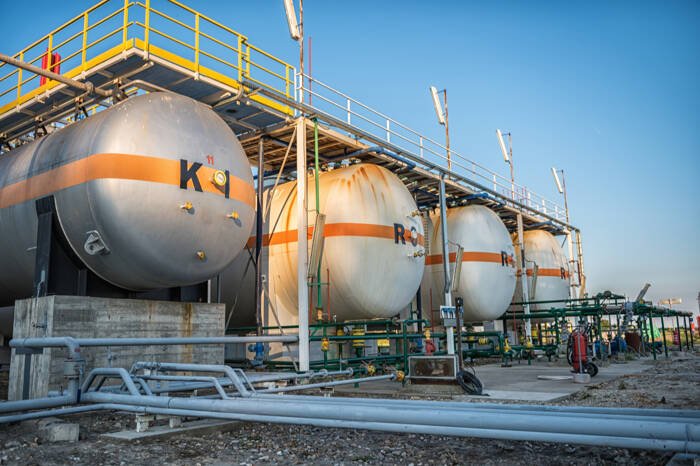As a result, national demand has stayed light to moderate, while ERCOT-driven regional strength hasn’t been enough to lift the overall market. NatGasWeather also confirmed the lack of sustained heat will keep cooling degree days near or slightly above average, but still insufficient to drive stronger consumption.
Are Storage Builds and Production Growth Tipping the Scales?
The latest EIA report showed a 110 Bcf storage injection for the week ending May 9—right on expectations but well above the five-year average of 83 Bcf. Total U.S. inventories now stand at 2,255 Bcf, 2.6% above the five-year norm. That margin, while not extreme, signals more than adequate supply given current consumption trends.
Adding to the bearish setup, Lower 48 dry gas production rose to 105.5 Bcf/d (+4.7% y/y), while demand on Friday clocked in at just 67.3 Bcf/d (-1.6% y/y), according to BNEF. LNG feed gas flows remain steady around 14.7 Bcf/d, providing some demand support, but not enough to offset domestic oversupply concerns.
Is the Market Bracing for More Downside from Demand Weakness?
Natural gas futures have now closed lower in four straight sessions, reflecting the market’s unease with sluggish demand and expanding inventories. The Edison Electric Institute reported a 2.8% y/y drop in U.S. power output for the week ending May 10, further highlighting weaker utility demand for gas. With renewable output down, gas-fired generation ticked up modestly—but not enough to shift broader fundamentals.
With production steady and weather forecasts unsupportive, the pressure remains squarely on the demand side to rebalance the market.







